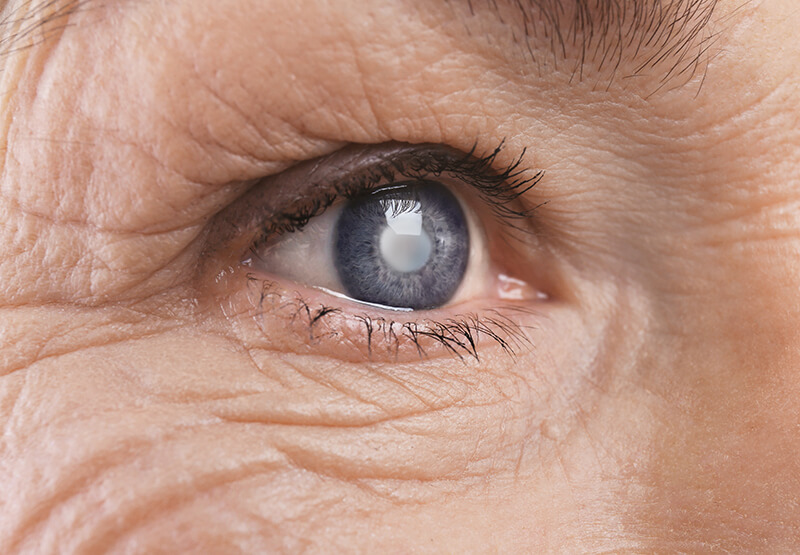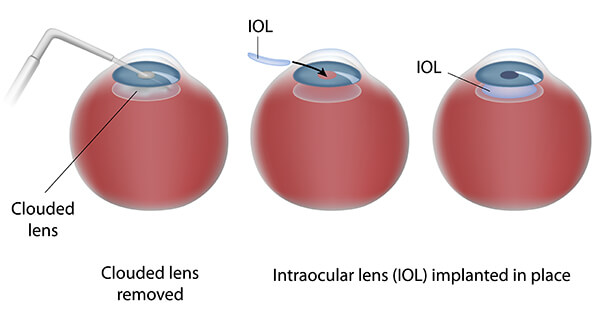
As we age, we become more and more likely to develop eye diseases and conditions. Cataracts are one of the most common age-related eye problems and one of the leading causes of blindness in the United States. Cataracts affect almost every person over the age of 50, and there is no known prevention. Fortunately, cataracts are completely treatable. With today’s technology, not only can you safely and effectively get rid of cataracts, you may be able to achieve vision better than before your cataracts!
Although surgery is the only form of treatment for cataracts, cataract surgery is safer, faster, and more efficient than ever! Both traditional and laser-assisted cataract surgery is extremely common procedures that allow you the option to choose an IOL that will improve your vision.









